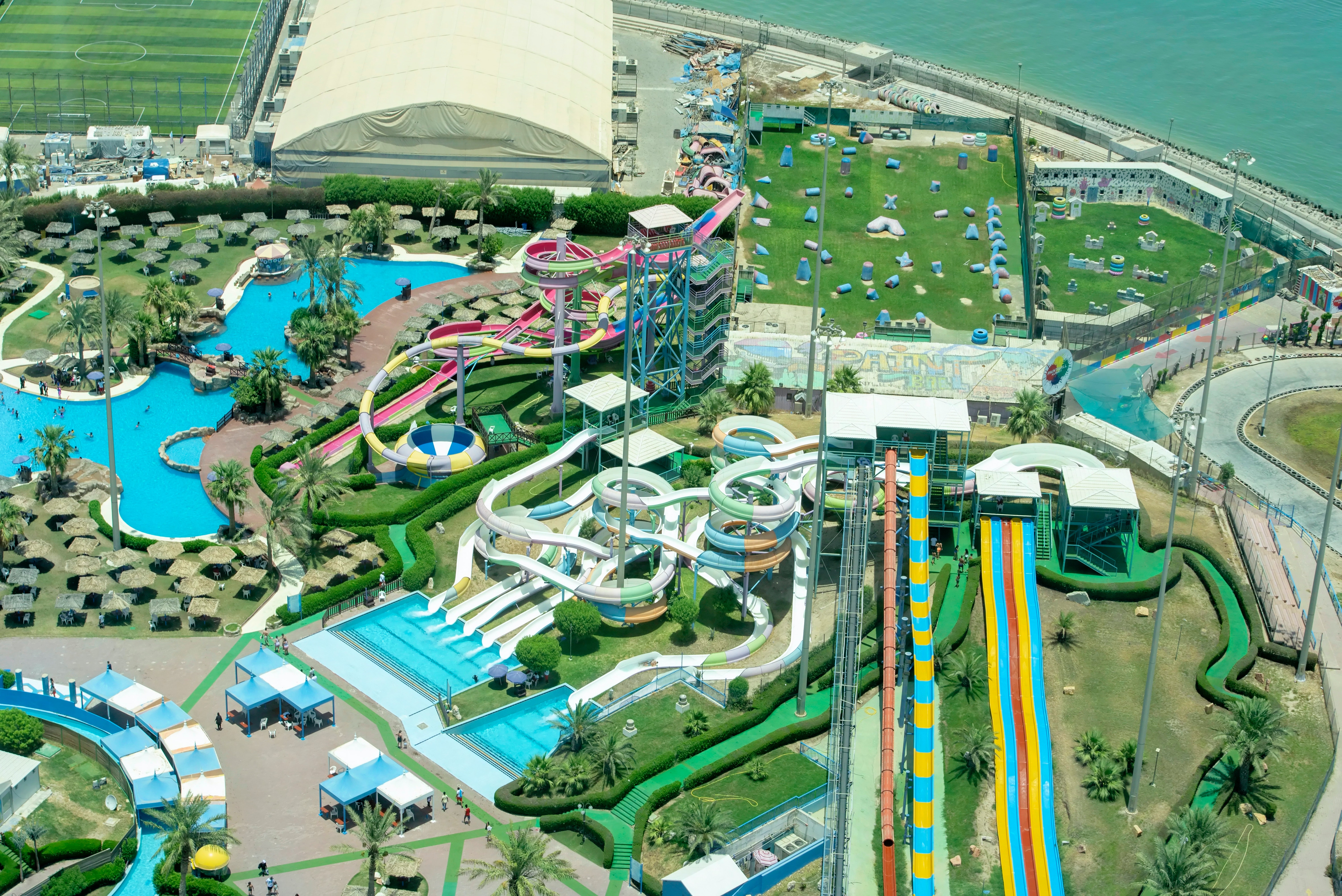How Dangerous are Wave Pools?
Water attractions are popular in summer, and wave pools are no exception. But, many people are unaware of the many risks associated with wave pools. Understanding the different types of wave pools, the risks associated with a wave pool, and the safety measures you can take is essential to keeping summer fun safe.
How Do Wave Pools Work?
Wave pools don’t all use the same technology, and some types of wave pools are more dangerous than others. Some of these include:
- Forced air being released into the water
- A steel blade that’s pulled through the water, creating a wake
- A plunger that sends out rings of waves from a central point
- Water dumping, which can generate large, powerful waves, but does not allow much control
Why Can Wave Pools Be Dangerous?
The key risk associated with wave pools is apparent: waves are powerful, meaning that they can knock people down, drag people, and cause them to inhale or swallow water. But, some wave pool injuries may surprise you.
Some reported injuries include:
- Cuts and scrapes from being dragged along rough surfaces on the bottom or sides of the pool
- Bruises and other blunt force injuries sustained either from the force of the water hitting skin or being slammed up against a surface or object by the wave
- Water inhalation
- Broken bones from being knocked down and/or stepped on after being knocked under water
- Bacterial infections
Some wave pool injuries can even be fatal.
Though wave pools have been getting more attention in the past few years, they’re not new–and neither are wave pool injuries and deaths. In the 1980s, the now infamous Action Park in New Jersey saw three deaths in its wave pool. The pool was nicknamed “the grave pool,” and the park itself was sometimes called “traction park” by locals and was eventually the subject of an HBOMax documentary called Class Action Park.
Despite at least a dozen lifeguards standing by at all times–and, by all reports, rescuing numerous people each day–a 15-year-old boy, a 20-year-old man and an 18-year-old woman died by drowning in the wave pool. When the 20-year-old drowned, there were 20 lifeguards on duty.
While there have been some safety improvements in the intervening decades, wave pools today are hardly risk free. In 2007, a four-year-old boy drowned in a wave pool at Great America in California. In the summer of 2021, a middle-aged man drowned in another wave pool in another part of the state.
In 2019, a wave pool malfunction outside the country injured 44 people, sending several to the hospital. And, the risks don’t end with the force of the waves.
Fortunately, some of the most frightening wave pool stories have turned out not to be accurate. For example, in 2018 a young man died of a brain-eating amoeba after swimming in a Texas wave pool. The pool was shut down for months while authorities investigated, but it was ultimately determined that the amoeba didn’t come from the wave pool. However, the nature of wave pools–relatively shallow with large surface areas and often crowded–means wave pools can harbor more contaminants than a standard swimming pool.
Make Informed Decisions about Wave Pools
Should you avoid wave pools and keep your children out of them? Like most amusements and adventures, that’s a personal risk/benefit analysis. But, you should definitely make an informed decision. Consider checking into how the wave pool is treated and cleaned in advance, and observe the height and strength of the waves before wading in or turning the kids loose. And, keep in mind that many injuries occur when the wave pool or a section of the wave pool is crowded, causing the waves to push people into one another or knock people under the water where others are standing or walking.
Injured in a Wave Pool or Other Water Park Attraction?
If you’ve suffered an injury in a wave pool or at a water park, your first step should be to get the medical attention you need. If you’re not sure, err on the side of having a doctor check you over, as some injuries aren’t immediately noticeable–especially if you’re in shock after the accident. The next step should be to speak with an experienced local injury lawyer.
Attorney Kevin P. Broderick has been representing injury victims for decades. If you were injured in Massachusetts or New Hampshire, you can schedule a free consultation by calling 978-459-3085 or filling out the contact form on this site.
Have you been injured?
Let Attorney Kevin Broderick answer your questions and evaluate your personal injury or vehicle accident case for free!
CALL TODAY 978-459-3085
Kevin Broderick Law serves clients in Massachusetts and
New Hampshire.
Areas of service in
Massachusetts
Lowell
Lawrence
Littleton
Billerica
Andover
Chelmsford
Westford
Groton
Acton
Tyngsborough
Dracut
Methuen
Areas of Service in
New Hampshire
Hudson
Nashua
Pelham
Disclaimer
The information you obtain on this site is not, nor is it intended to be, legal advice. You should consult an attorney for advice regarding your individual situation. We invite you to contact us and welcome your calls, letters, and electronic mail. Contacting us does not create an attorney-client relationship. Please do not send any confidential information to us until such time as an attorney-client relationship has been established.

